As many of my blog readers know, I am the neighborhood “stalker”, watching my neighbor kids out my kitchen window on a regular basis. However, they also know I am a good “stalker”, watching children in a quest for knowledge about child behavior and looking for examples of early childhood theories I have studied over the years.
My latest observation was a few days after Christmas. The four-year-old boy who lives across the street was having a grand old time with a gigantic stick. Soon the six-year-old neighbor girl joined in with her stick and an engaging play time ensued. What caught my attention was that I know for a fact both children had mountains of Christmas gifts under their respective trees this year. I chuckled at the irony of all those new, fancy gifts flung to the wayside at the expense of a dirty, old, gnarled stick! It is that same idea of youngsters opening gifts and playing with the box instead of the actual present.
A friend of mine who presents to early childhood educators used to show a PowerPoint slide with a list entitled something like, the “Top Ten Toys Children Love Most”. What I can remember from the list were rocks, mud, dirt, boxes, and sticks. What is it about these inexpensive, everyday items that so intrigue young children?
One of my beliefs is that children are drawn to sticks, boxes and the like because they are open-ended materials. There is a strong movement in early childhood about providing children with open-ended materials. The beauty of these items is that they can become anything a child wants them to become. This allows for skills such as creativity, problem solving, innovation, and abstract thinking to be developed and practiced.
I also talk about open-ended materials when I present to early childhood educators. I even “quiz” participants with pictures of classroom materials, asking which ones are open-ended. One item that gets a thumbs up is a cooking pan. Participants shout out letting me know it can be a drum, a hat, and a barrage of other ideas. What about buttons? These can become money or cookies at the dramatic play area, eyes and noses for modeling dough people at the art area, or treasures to find in the sand at the sensory table.
If we as educators challenge ourselves to assess the open-endedness of the materials we provide for children, we are setting up an environment rich with possibilities for young minds. I often do this assessment myself as I peruse the School Specialty catalog and website looking for items to recommend to educators to outfit early childhood classrooms all over the nation. Although we do not sell sticks or mud, we offer other options for open-ended materials that can provide the perfect stimulus for our students’ developing brains and bodies. I am including a few suggestions so hopefully this list jumpstarts your thinking on this important topic.
Jennifer Fernandez
Jennifer has over 30 years of experience in education. She has degrees in Elementary Education, Spanish, and Bilingual Education and holds teaching licenses in Texas and Minnesota. She has taught PreK-2nd grade in general and bilingual settings, served as a professional learning specialist for seven years, and currently presents at state and national conferences.
Read more by Jennifer Fernandez–>

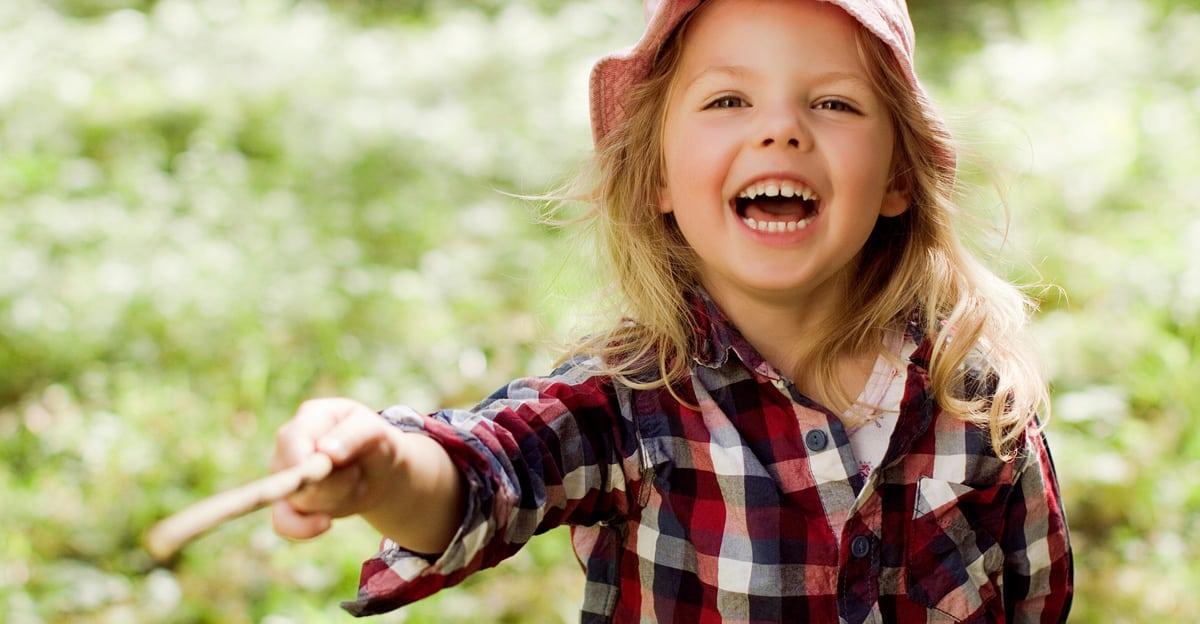
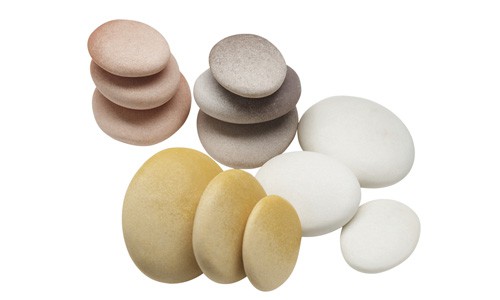
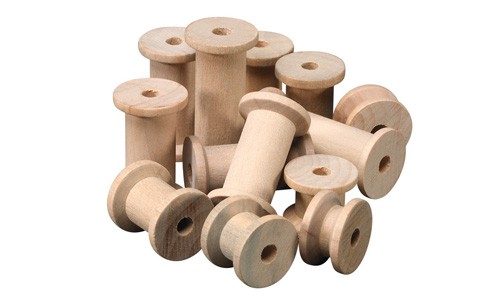
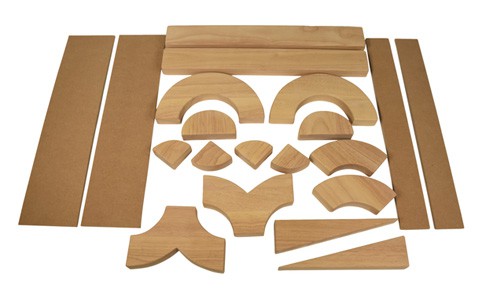
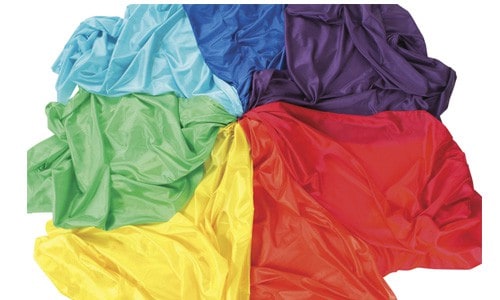
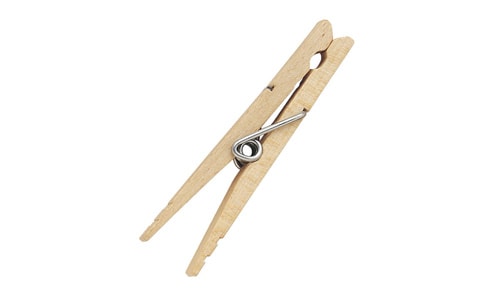
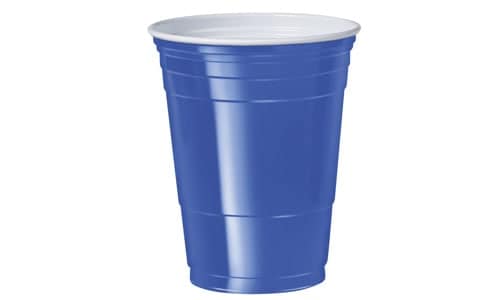
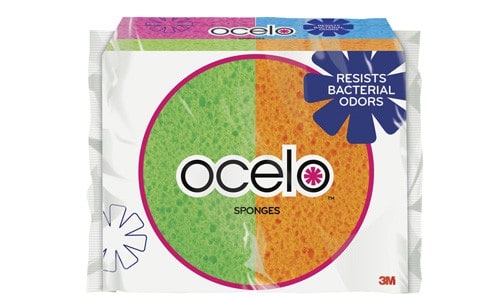
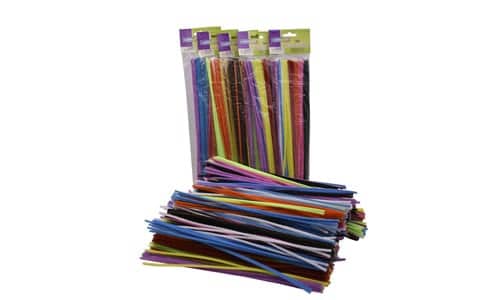
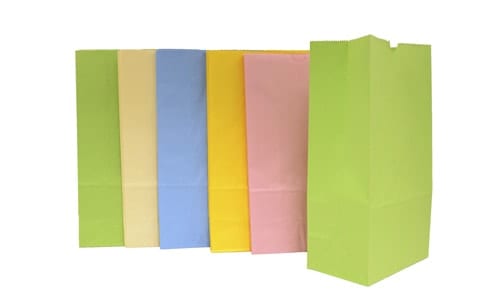

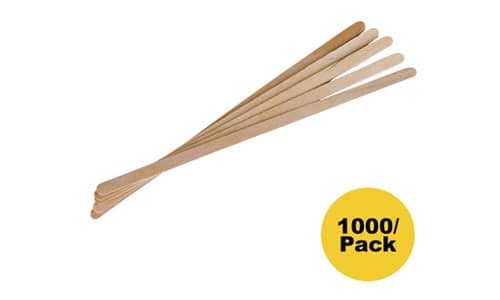


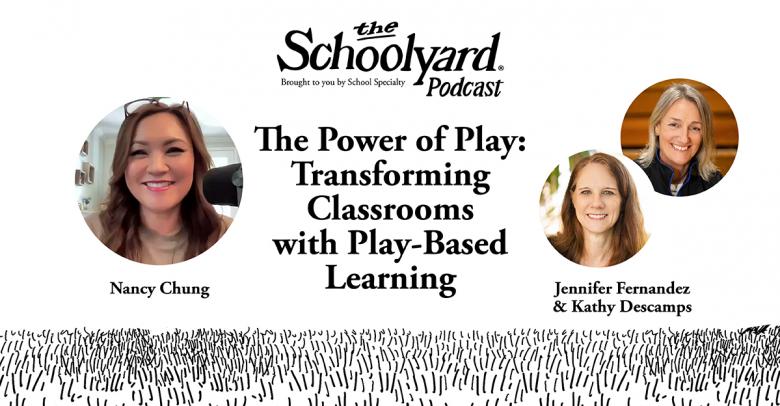
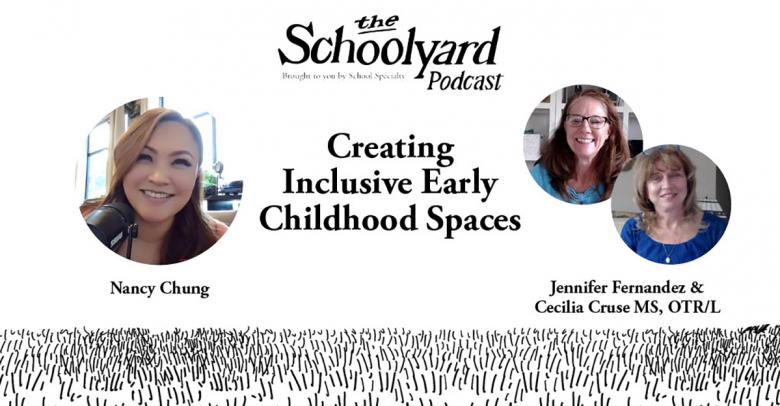
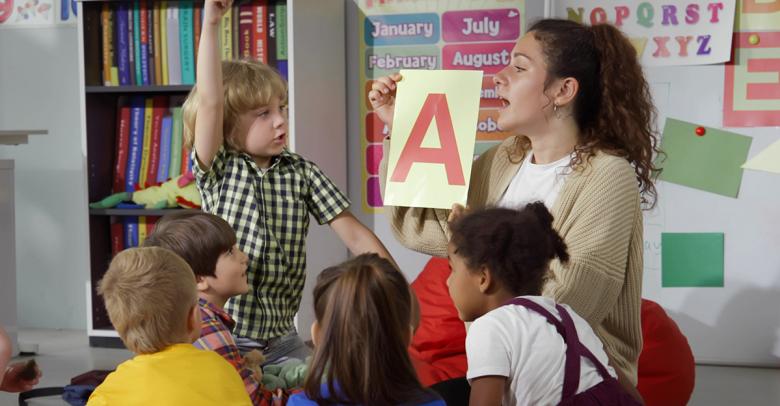
Leave a Reply